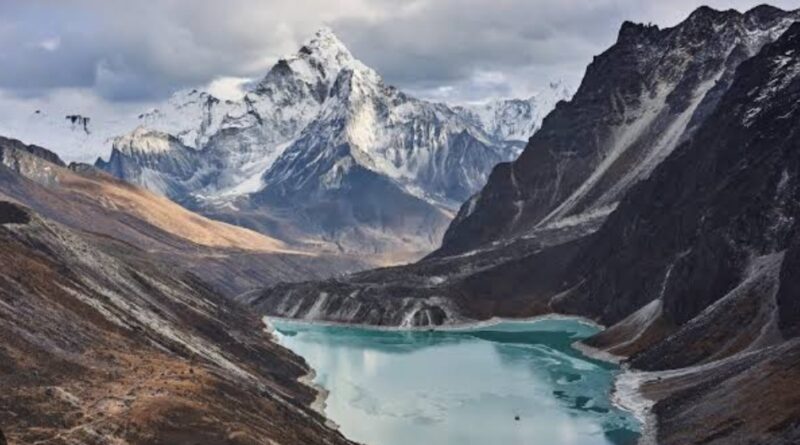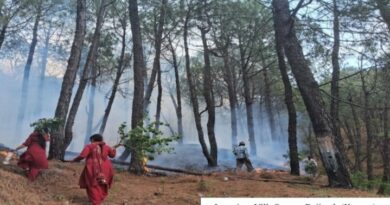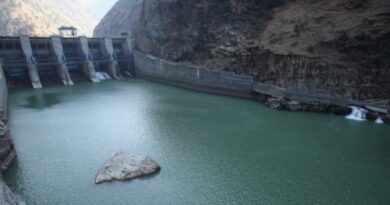Vanishing Ice: How Himalayan Glacier Melt Is Reshaping Lives and Threatening South Asia’s Future
In the heart of the Himalayas, where snow-capped peaks have stood for millennia, a quiet crisis is unfolding — one that’s already disrupting the lives of traditional herders and threatening the very foundations of life across South Asia.
A recent UN report highlights how dramatic shifts in snow and glacier patterns are forcing Himalayan herders to rethink their seasonal migrations. These communities, who have long relied on predictable snow cycles for grazing livestock, now face uncertainty as their ancestral rhythms are thrown off balance.
But the impact stretches far beyond the highlands.
“The changes are a direct threat to food, water, and energy security in South Asia,” warns Dr. Jonathan Carrivick, co-author of a 2021 study published in Scientific Reports. “This acceleration coincides with increased human-induced warming.”
A Looming Water Crisis
Experts caution that the rapid retreat of glaciers could spell disaster for agriculture, drinking water, and hydropower — lifelines for millions across the subcontinent. According to a study in Science, the Hindu Kush Himalaya could lose up to 75% of its glaciers by the end of the century if global temperatures rise by just 2°C above pre-industrial levels.
And the consequences are already visible. Glacial lake outburst floods (GLOFs), avalanches, and flash floods are becoming more frequent and more destructive.
Why the Ice Is Melting So Fast
Several factors are accelerating the melt:
- Warming lakes at glacier edges are speeding up ice loss.
- Debris-covered glaciers, though only 7.5% of the total, contribute nearly half of all ice loss.
- Black carbon pollution, from industrial emissions and biomass burning, is settling on ice surfaces, absorbing sunlight and intensifying melt.
- Regional disparities mean eastern areas like Nepal and Bhutan are melting faster due to their unique climate and terrain.
“The situation is actually far worse than what we can see with our eyes,” says Dr. Lilian Schuster of the University of Innsbruck. “Every tenth of a degree matters. We must act now.”
A Global Alarm Bell
The melting of Himalayan glaciers isn’t just a local issue — it’s a global emergency. These glaciers help regulate climate, support biodiversity, and feed rivers that sustain billions. Yet, the region is warming faster than the global average.
As the ice vanishes, so does the stability of our climate systems. Scientists worldwide are urging immediate action — from cutting emissions to investing in long-term climate resilience.
If we fail to act, future generations may only know the Himalayan glaciers through photographs — not from the rivers that once surged from their frozen hearts.



